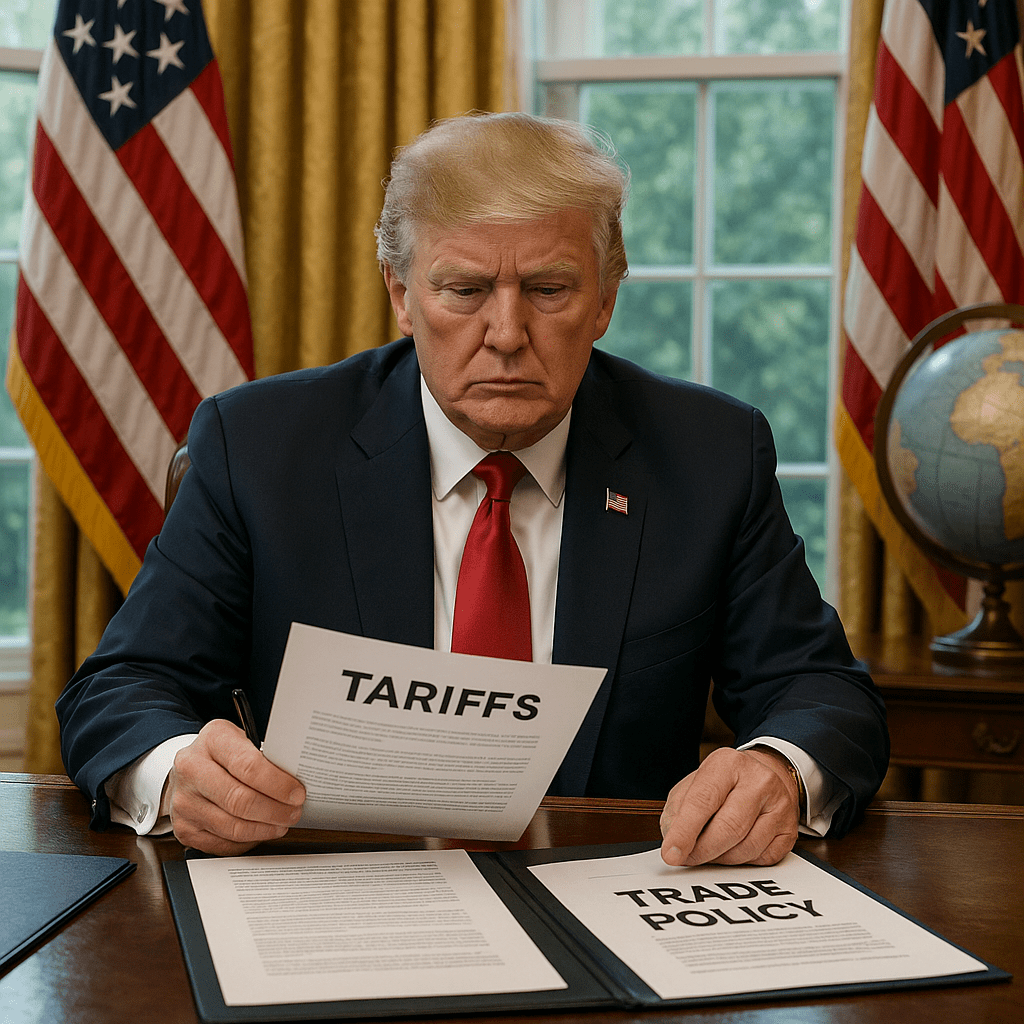President Donald J. Trump has implemented a series of tariffs aimed at revitalizing American manufacturing and protecting domestic industries from unfair foreign competition. These measures are designed to bolster the U.S. economy by encouraging domestic production and reducing reliance on imported goods.
In February 2025, the administration reinstated a 25% tariff on steel imports and elevated the tariff on aluminum imports to 25%. This action was taken to shield critical American industries from the adverse effects of global excess capacity and unfair trade practices. The move received commendation from industry leaders and lawmakers who recognized the necessity of protecting domestic production capabilities.
To further support American workers, President Trump announced a 25% tariff on all imported automobiles and auto parts in March 2025. This policy aims to stimulate domestic manufacturing by making imported vehicles less competitive in the U.S. market. The administration projects that this measure will generate significant tax revenue and create jobs within the automotive sector.
In April 2025, the administration introduced a universal 10% tariff on all imported goods, excluding those from countries with specific trade agreements. This broad-based tariff seeks to address longstanding trade imbalances and promote fair competition for American businesses. The policy is part of a comprehensive strategy to ensure that foreign producers do not have an unfair advantage over domestic manufacturers.
The implementation of these tariffs has led to increased production costs for manufacturers that rely on imported materials. For instance, industries that use steel and aluminum as inputs have experienced higher expenses, which could affect their pricing strategies and profit margins. Additionally, some trading partners have responded with retaliatory tariffs on American goods, impacting export-oriented sectors of the U.S. economy.
To manage the complexities associated with the new tariff structures, the administration has expanded the Department of Commerce’s role in monitoring and enforcing trade policies. This expansion includes the establishment of new offices and the hiring of additional staff to oversee compliance and address any issues that arise from the implementation of tariffs.
While the tariffs are intended to protect domestic industries, they have also introduced certain challenges. Businesses that depend on imported components have had to adjust their supply chains and absorb higher costs. Consumers may notice price increases on goods that are subject to tariffs, reflecting the additional expenses incurred by producers.
The administration acknowledges these challenges and is committed to refining trade policies to minimize unintended consequences. Efforts are underway to negotiate with trading partners to address concerns and seek mutually beneficial solutions. The goal remains to create a fair and balanced trade environment that supports American workers and industries.
As the new trade policies take effect, it is anticipated that the initial disruptions will stabilize over time. The administration is confident that with continued adjustments and support, the American economy will adapt to the new trade landscape, leading to a more robust and self-reliant manufacturing sector.
—
Tom Blake writes on markets, trade policy, and the government’s role in private enterprise. He studied economics at George Mason University and spent six years as a policy advisor for a business coalition before turning to financial journalism. His work examines the real-world impact of regulations, subsidies, and federal economic planning.



